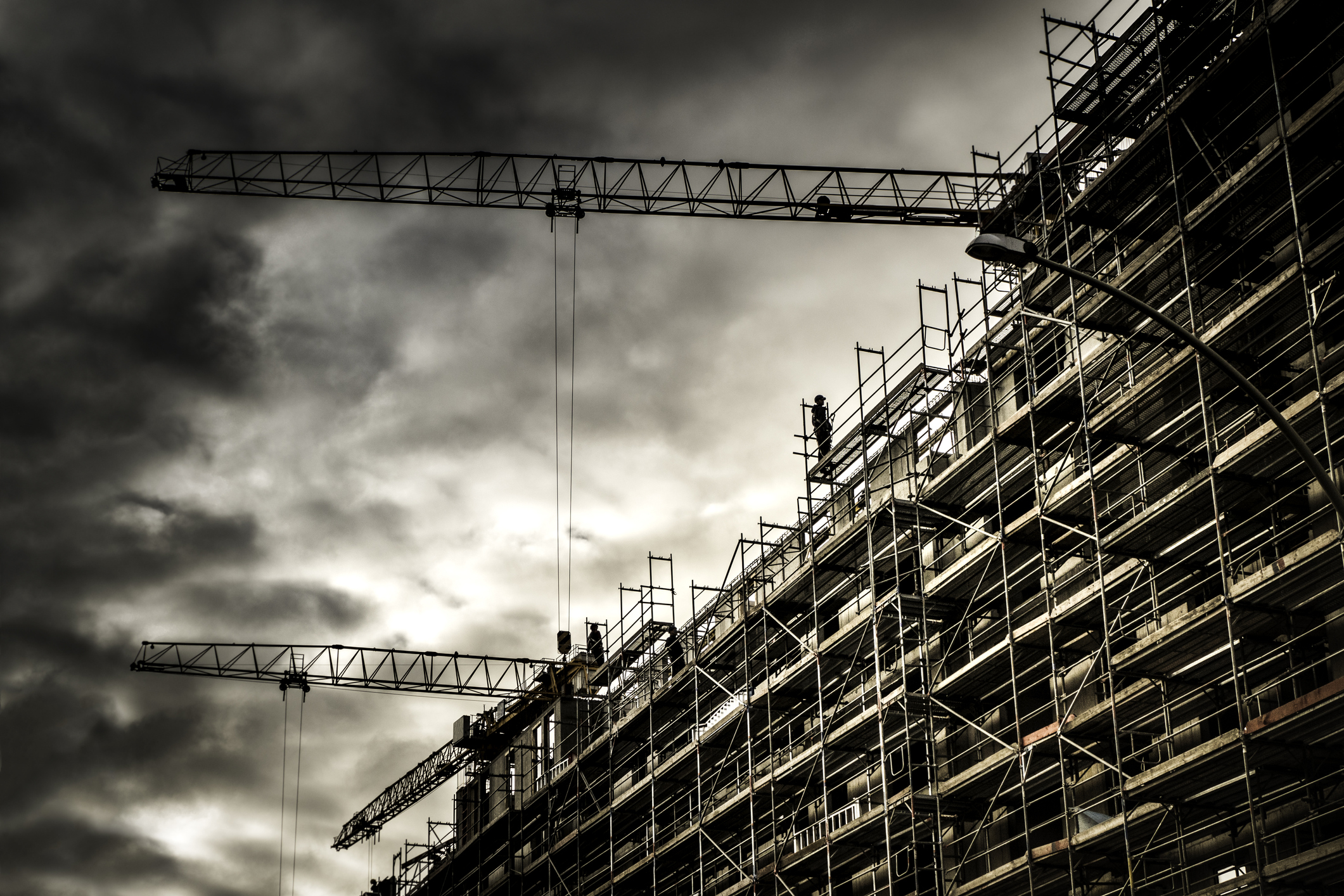The speed and scope of urbanisation in Asia Pacific is an unprecedented masterpiece of human engineering not set to slow down anytime soon. Between 1980 and 2010, the region’s cities grew by around one billion people and United Nations projections show they will add another one billion by 2040.
By 2050, the number of people living in cities in China and India alone will grow by 696 million (India 404 million; China 292 million). Today, the Asia-Pacific region is home to 17 megacities, three of them the world’s largest – Tokyo, Delhi and Shanghai. It is projected that, by 2030, the region will have no less than 22 megacities, all of which will need to be constructed in the next decade.
In Australia, construction is the third largest industry in Australia contributing $134.2 billion to Australia’s economy and has a share of 8% in the total GDP of the country. With nearly 1.2 million people employed in construction (it’s almost 9.5% of all jobs in Australia) in 2018 and a further 100,000 jobs are projected to be added by 2022. The enormity of the construction industry in the Asia Pacific region is difficult to grasp, even for experts, as the larger the project, the more inherent and catastrophic the risks. It is sheer size of these risks which are causing the biggest headaches for risk managers and the insurance industry alike.
Marsh FINPRO principal, Vanessa Sheppard, says: “In Australia, the construction industry is booming really and we’ve been booming for a number of years. Just outside our Barangaroo Office in Sydney, there are high rise buildings with cranes going around everywhere and we’ve got tunnelling going under the Sydney Harbour tunnel with connections going in this quarter of a rail in Queensland. We’ve got so many projects and all this infrastructure just pumping in all at once and it just doesn’t seem to be tapering off anytime soon; which is great for keeping the economy going, but it’s also leading to potential areas of risk that insurers have.”
With so much construction ongoing, it is little wonder the industry has been finding itself in the spotlight for all the wrong reasons in the past year. A number of very high profile failures, including Opal Towers in Sydney which was evacuated on Christmas Eve 2018 and remains closed to residents, highlights the potential catastrophic failures which can occur on ill-planned construction projects. Construction project do not fail at the end, say experts, but rather at the very beginning of the life cycle when initial seeds of development are being planted.
Complexus principal and construction industry veteran, Warren Black says: “One of the key things that people have learned over the past few years is the old adage that 80 to 90% of risks are either designed in or designed out during the investment phase. So by the time you actually go into execution and operationalisation of the asset, you’ve either designed the risks in or you’ve designed the risks out. You cannot rush through the investment phases. You have to spend two, three, four times as much time and effort doing a risk analysis and consideration during the investment phases so that by the time that business case is delivered, we have considered every risk and designed it into the commercial constraints of the actual asset.”
Sheppard also notes the broking industry has become more wary in recent years, particularly when it comes to the tender stage of large-scale infrastructure projects. “Insurers are becoming more conscious of what expertise will be going into a tender process because the problem is a number of these large infrastructure projects are happening all at once. Effectively, one tender party could actually be the successful tender on a number of these infrastructure projects, so they might have the A team on one project and the B team on another project. There’s simply not enough potential expertise to go around all these projects happening all at the same time.”
“If you’re not using your best people on a large-scale infrastructure project, the likelihood is there’s going to be problems coming into effect later on on those projects. From an insurance perspective, that’s in the focus currently because it’s going to lead to claims because there might be design problems, for example. If you’re not using the best architectural firm or engineering firm on a project, it is likely there’s something that might not be known at the early stages of construction. It can be extremely costly for all involved and this is why it is one of the biggest issues in Australia’s construction industry currently.”
Black says it comes back to understanding your construction project inside out. “If you understand the full life cycle of your typical piece of a piece of infrastructure, you can understand the types of risks that will be considered and factored at various stages in that life cycle. And you’ll then then also understand the required subject expertise and risk classes and focuses that needs to be considered at any particular state in the infrastructure.”
Published 2019


